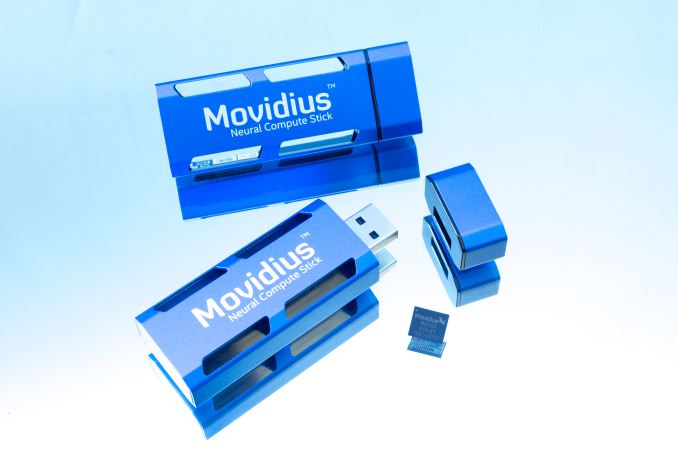The team – which also included researchers at Rutgers University in New Jersey and Facebook’s AI lab in California – modified a type of algorithm known as a generative adversarial network (GAN), in which two neural nets play off against each other to get better and better results. One creates a solution, the other judges it – and the algorithm loops back and forth until the desired result is reached.
In the art AI, one of these roles is played by a generator network, which creates images. The other is played by a discriminator network, which was trained on 81,500 paintings to tell the difference between images we would class as artworks and those we wouldn’t – such as a photo or diagram, say.
The discriminator was also trained to distinguish different styles of art, such as rococo or cubism.
Art with a twist
The clever twist is that the generator is primed to produce an image that the discriminator recognises as art, but which does not fall into any of the existing styles.
“You want to have something really creative and striking – but at the same time not go too far and make something that isn’t aesthetically pleasing,” says team member Ahmed Elgammal at Rutgers University.
Once the AI had produced a series of images, members of the public were asked to judge them alongside paintings by people in an online survey, without knowing which were the AI’s work. Participants answered questions about how complex or novel they felt each image was, and whether it inspired them or elevated their mood. To the researchers’ surprise, images produced by their AI scored slightly higher in many cases than those by humans.
New Scientist


